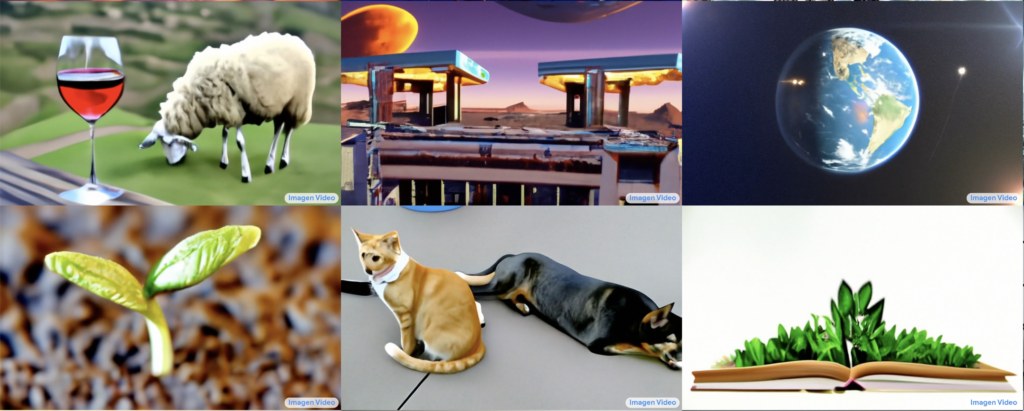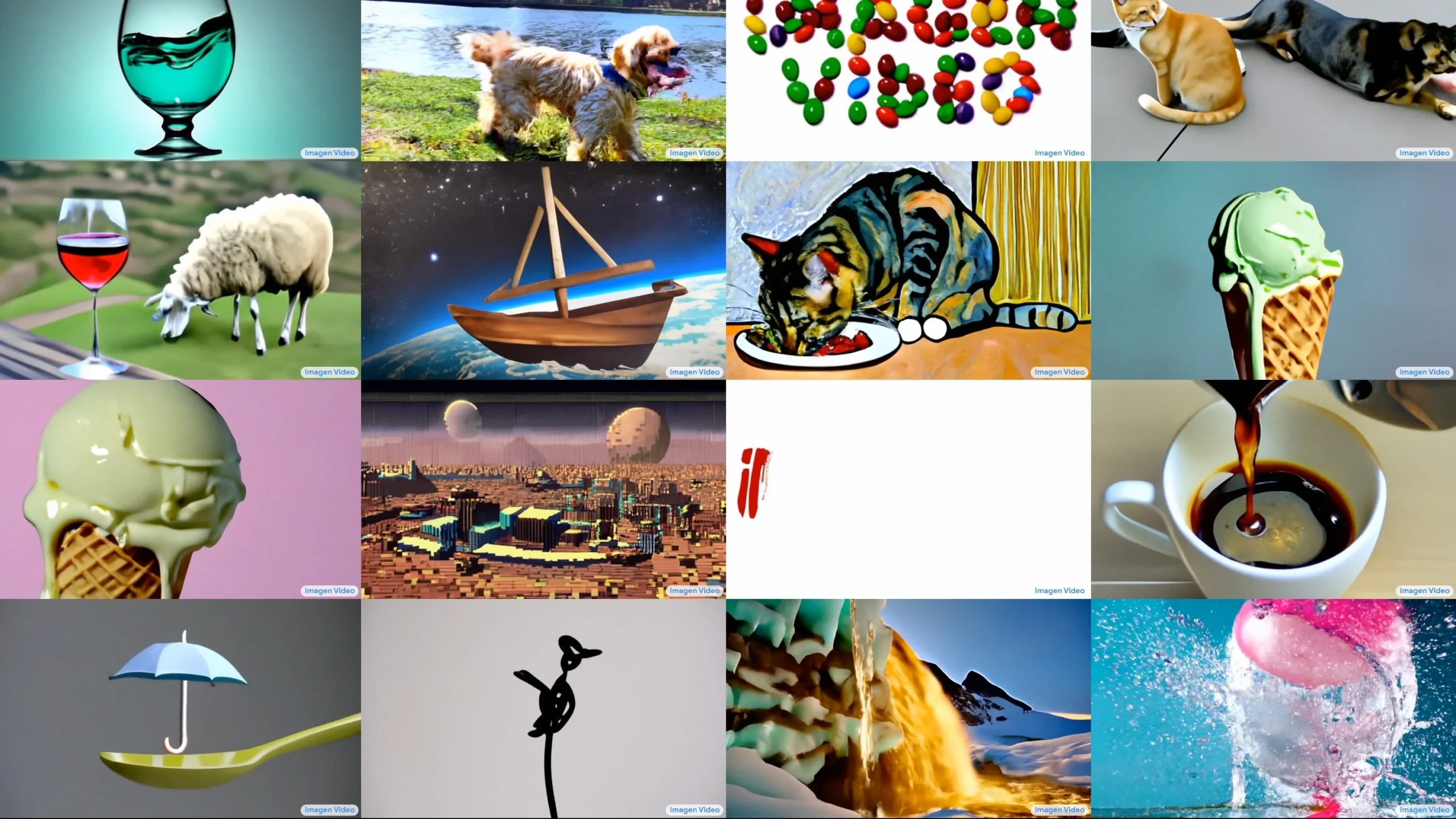
Google has teased an intriguing AI-based video generation tool named Lumiere, sparking curiosity about its potential applications beyond the search giant’s confines. While details regarding its public availability remain uncertain, the glimpse provided by Google’s Research arm showcases Lumiere’s capabilities.
In a recent video release, Lumiere is showcased as a text-to-video model capable of generating coherent and high-quality videos from simple text prompts. Examples include scenarios like “A fluffy baby sloth with an orange knitted hat trying to figure out a laptop” or “An escaped panda eating popcorn in the park.” This foray into video creation from textual cues marks a significant stride in the evolution of generative AI, potentially surpassing previous endeavors like ChatGPT and Dall-E.
Lumiere’s repertoire extends beyond text-to-video conversion, encompassing image-to-video generation and stylized creation. From animating famous paintings to adding whimsical elements to mundane scenes, Lumiere exhibits a range of creative possibilities. Despite some imperfections, such as CGI dogs with slightly unnatural features, the tool’s promise lies in its accessibility and versatility for video editing tasks.
However, Lumiere’s underlying workings, described as a “space-time diffusion model,” remain complex and opaque to the uninitiated. Google Research asserts that this model enables the generation of videos portraying realistic, diverse, and coherent motion, setting it apart from existing techniques. Experts liken Lumiere’s approach to orchestrating a ballet performance rather than assembling disjointed snapshots, promising smoother and more lifelike animations.
While Lumiere’s potential is tantalizing, its true impact and usability await further exploration. As the tech community eagerly anticipates insights into Lumiere’s workings and potential availability, its name, translating to “light” in French, hints at the illuminating possibilities it may offer in the realm of AI-driven content creation.



